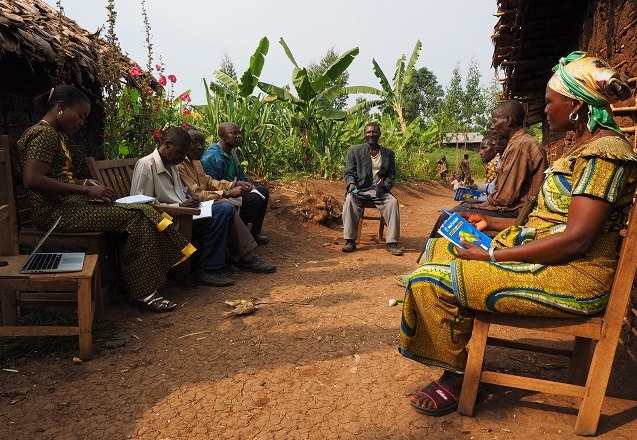Nature Biotechnology published a correspondence on the first field-based evidence for transgenic control of a bacterial disease of banana, Xanthomonas wilt, better known as BXW. Plants of the cultivars ‘Sukali ndiizi’ (AAB genome group) and ‘Nakinyika’ (an East African highland banana) had previously been engineered to produce a hypersensitive response-assisting protein (Hrap) or a plant ferredoxin-like protein (Pflp) using genes from sweet pepper (Capsicum annuum). The best 65 resistant lines (40 lines expressing the Hrap gene and 25 the Pflp one) were evaluated over two successive crop cycles in a confined field trial in Uganda.
About 20% of the Hrap lines and 16% of the Pflp lines, for a total of 11 transgenic lines, showed 100% resistance and retained the resistance in the ratoon crop. By comparison, all 65 lines had showed high resistance in a glasshouse trial. In the field trial, the plants were inoculated just before flowering, whereas in the glasshouse one, the plants had been inoculated at three months. Apart from resistance to the bacterial disease, the flowering and yield (bunch weight and fruit size) characteristics of transgenic lines were similar to those of nontransgenic plants.
The authors were unable to recover any viable bacteria from the asymptomatic transgenic lines, even from the site of inoculation, suggesting that the plants mounted a successful resistance response. They also noted that since elicitor-induced resistance is not pathogen-specific, this transgenic approach could be tried against other bacterial diseases of banana, such as moko and blood disease. Although the article is behind a paywall, supplementary methods, tables and figures are freely available.

